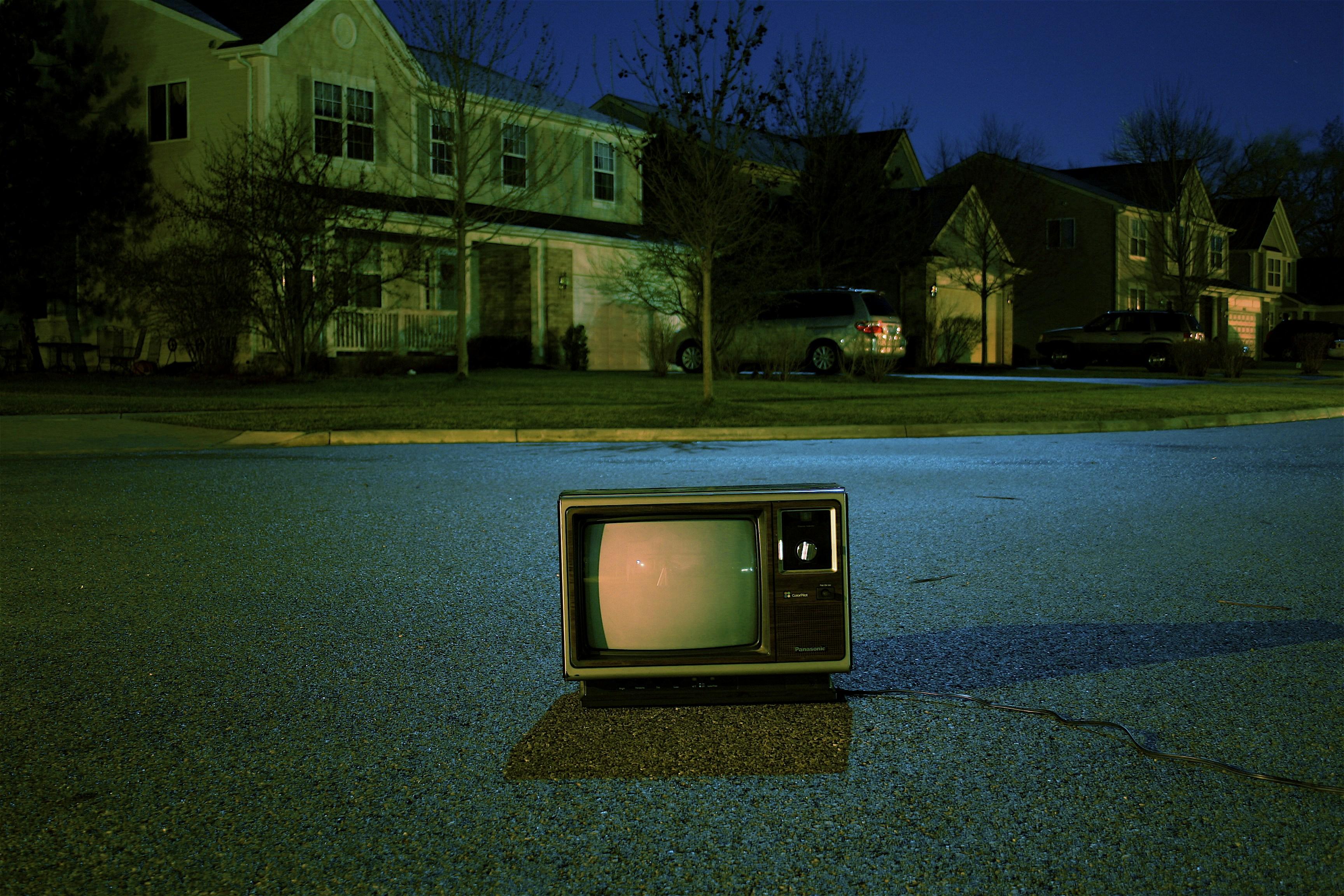In the ever-evolving landscape of television, few series have managed to ignite conversation and controversy quite like HBO‘s “Euphoria.” Since its debut, the show has captivated audiences with its unflinching portrayal of adolescence, tackling complex themes such as addiction, identity, and mental health. Created by Sam Levinson, “Euphoria” pushes the boundaries of conventional storytelling through its bold narrative choices and striking visual style. This article delves into the show’s groundbreaking approach, examining how it challenges traditional narratives and explores the multifaceted realities of modern youth. By dissecting its thematic elements and artistic execution, we aim to understand the impact “Euphoria” has had on both its audience and the broader television landscape.
Exploring Complex Narratives and Character Development
In the realm of television, few series manage to delve into the intricacies of human emotion and societal pressures as effectively as “Euphoria”. This show is a tapestry of intertwined stories that unravels with each episode, presenting a profound exploration of its characters’ inner lives. At its core, “Euphoria” thrives on the complexity of its narratives, weaving together the struggles of adolescence with themes of identity, addiction, and mental health. Through its bold storytelling, the series invites viewers to engage with a world where the line between right and wrong blurs, and the motivations of each character are laid bare in raw, unfiltered detail.
The characters in “Euphoria” are crafted with remarkable depth, each serving as a vessel to explore the multifaceted nature of human experience. They are not just representations of teenage angst but are instead depicted with layers that reveal vulnerabilities and strengths in equal measure. Key aspects of character development include:
- Authenticity: Characters are portrayed with genuine imperfections and growth.
- Empathy: The narrative provides insights into their motivations and backgrounds.
- Transformation: Over time, viewers witness significant evolution in their personalities and choices.

Analyzing the Visual and Cinematic Techniques
The visual and cinematic techniques in Euphoria are nothing short of groundbreaking, offering a sensory experience that captivates viewers while simultaneously pushing the boundaries of traditional television storytelling. Sam Levinson, the creator and director, employs a unique blend of bold color palettes and dynamic camera movements to evoke the emotional states of the characters. The use of vivid neon lighting and contrasting shadows not only sets the tone but also acts as a metaphor for the turbulent inner worlds of the show’s protagonists.
- Innovative Camera Angles: The show frequently uses unconventional camera angles and movements to create a sense of disorientation, mirroring the characters’ struggles.
- Symbolic Use of Color: Colors are strategically used to signify emotions and character development, with each hue carefully chosen to reflect the scene’s mood.
- Seamless Editing: The seamless editing transitions between scenes and timelines enhance the narrative flow, maintaining viewer engagement while exploring complex storylines.
These techniques are not merely stylistic choices; they are integral to the narrative, transforming Euphoria into a visual spectacle that resonates with its audience on a deeper level. By blending these elements, the series transcends conventional TV show aesthetics, establishing a new standard for visual storytelling in modern television.

Impact of Music and Soundtrack on Emotional Depth
The television series ”Euphoria” is renowned for its visually stunning cinematography and raw storytelling, but it’s the music and soundtrack that truly elevate the show’s emotional depth. Each episode is meticulously scored, with a diverse range of tracks that seamlessly blend into the narrative, amplifying the intensity of the characters’ experiences. The musical selections are not just background noise; they are integral to the storytelling, often reflecting the inner turmoil or euphoria of the characters.
- Emotional Resonance: The soundtrack captures the highs and lows of teenage life, from euphoric moments of triumph to the depths of despair.
- Diverse Genres: The eclectic mix of genres—from hip-hop to classical—mirrors the complexity and diversity of the characters’ lives.
- Character Development: Music cues are carefully chosen to underline key character arcs and pivotal moments, adding layers of meaning to their journeys.
By intertwining music with the narrative, “Euphoria” creates a sensory experience that goes beyond the visual, engaging the audience on a profound emotional level. This strategic use of music not only enriches the storytelling but also challenges viewers to explore the emotional landscapes of the characters more deeply.

Balancing Controversial Themes with Responsible Storytelling
In the realm of television, “Euphoria” has become a lightning rod for discussions around its daring portrayal of adolescent life, grappling with subjects such as addiction, identity, and trauma. This show dares to delve into the complexities of teenage existence with unflinching honesty, sparking debate about how such themes should be handled. By employing a combination of vivid cinematography and raw storytelling, it challenges viewers to confront uncomfortable truths while also emphasizing the responsibility that comes with depicting such narratives.
Striking a balance between provocation and sensitivity is crucial for responsible storytelling. “Euphoria” manages this through several key approaches:
- Character Depth: Each character is crafted with multi-dimensional traits, allowing audiences to understand their motivations and vulnerabilities.
- Contextual Framework: The show places controversial actions within a broader societal context, inviting viewers to ponder systemic issues.
- Ethical Boundaries: While pushing boundaries, the series maintains an awareness of its influence, often prompting post-episode discussions on consequences and support resources.
